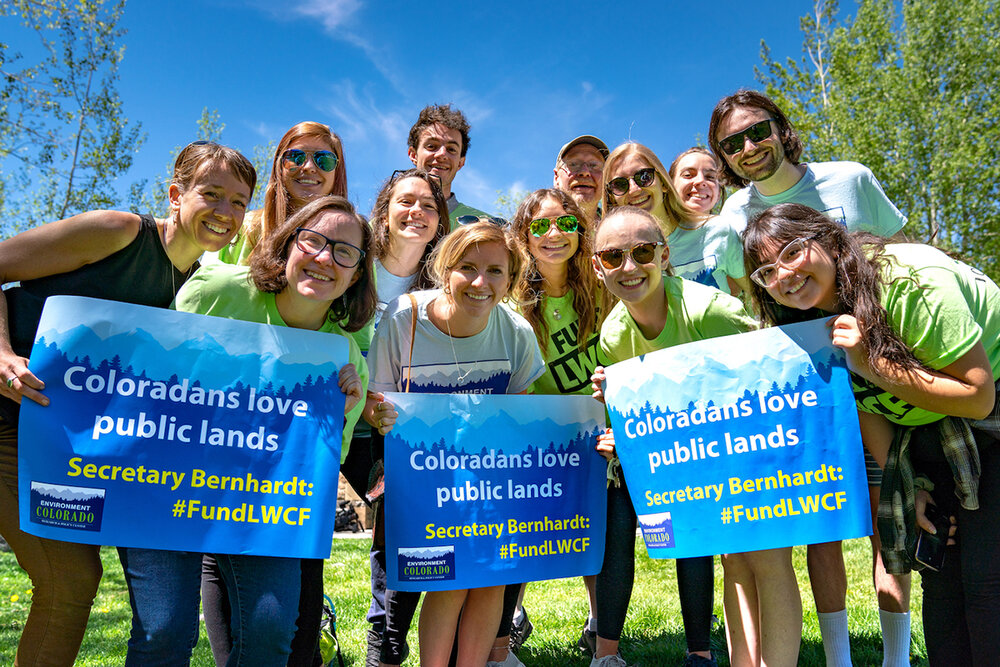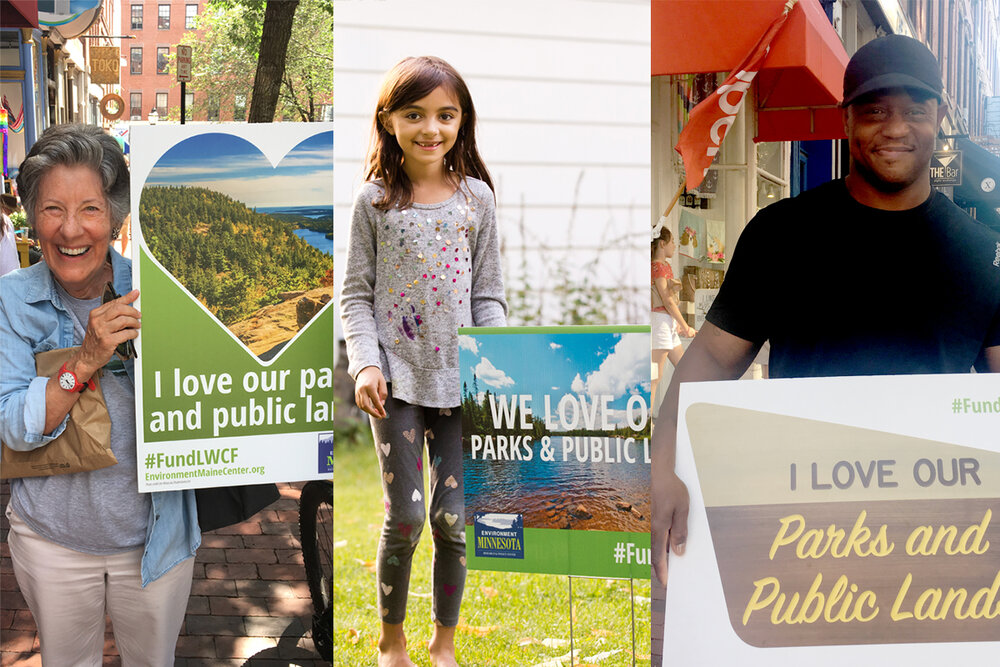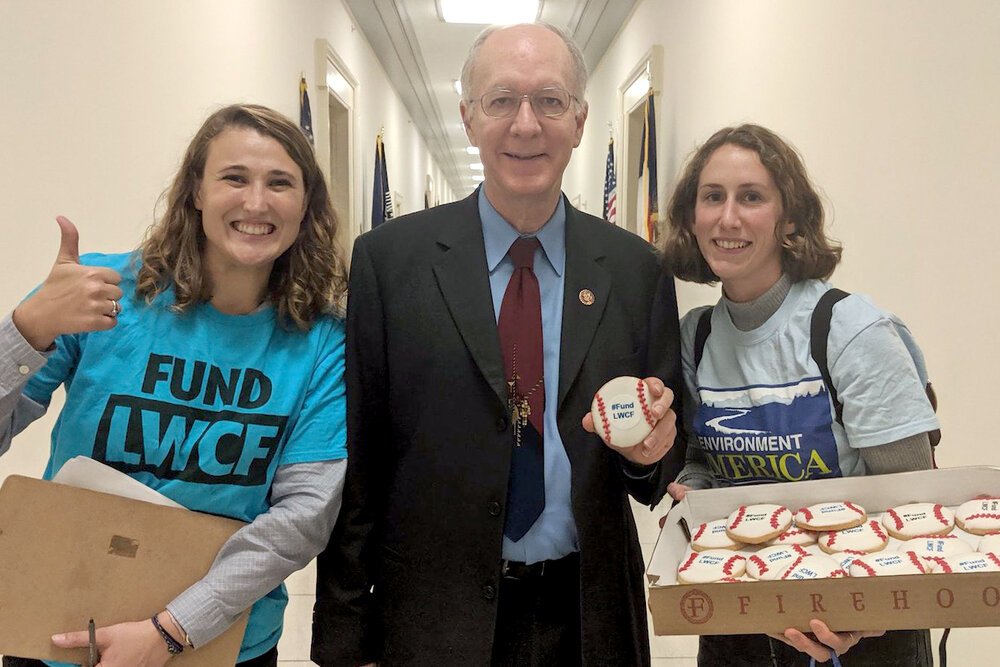
Milestones: Conservation
For more than 50 years the Public Interest Network has worked to protect America’s most beautiful natural places. As part of our Milestones series we've highlighted three stories that tipped the balance in favor of nature for nature’s sake.
America the beautiful
The preservation and protection of America’s most beautiful and biologically rich natural places often has turned on small shifts in public opinion and political will. Consider:
-
If two votes in the U.S. Senate had gone the other way in 2003, today polar bears and caribou in the Arctic National Wildlife Refuge would be struggling to coexist with oil rigs and their inevitable spills.
-
If Americans had not delivered 1.6 million public comments in 2000, roads could be carrying bulldozers and chainsaws into millions of acres of once-wild national forests.
-
If a few Republicans and Democrats had not reached across the aisle in 2019 and again in 2020, today our country’s most effective conservation and recreation program would be starved of funds, if not dead altogether.
The fact that each of these debates ended in victory for conservation is all the more remarkable because of how they were won.
Changing how America views the natural world
Through The Public Interest Network’s campaigns to protect the Arctic Refuge, preserve wild forests, strengthen conservation programs and more, our staff and members have carried a torch lit and relit by Thoreau, Muir, Carson and other forward-thinking Americans who challenged the prevailing view of their time — that the natural world is something that we must conquer and exploit. Instead, these pioneers helped win hearts and minds to a new view — of the natural world as the awesome bedrock on which all life, including our own, depends.
For 50 years we’ve done our part to advance this view, applying it to debates over whether to preserve ecosystems large and small while transforming growing public support for this view into advocacy and action that makes a lasting difference.
Video credit: Pronghorn Productions via Shutterstock
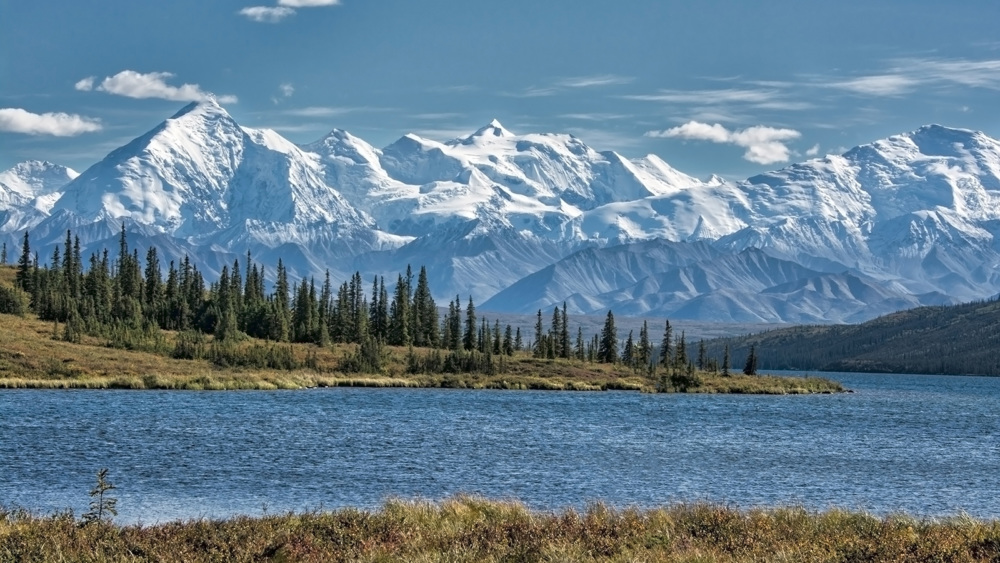
Milestone 1:
Coordinated effort protects Arcitc
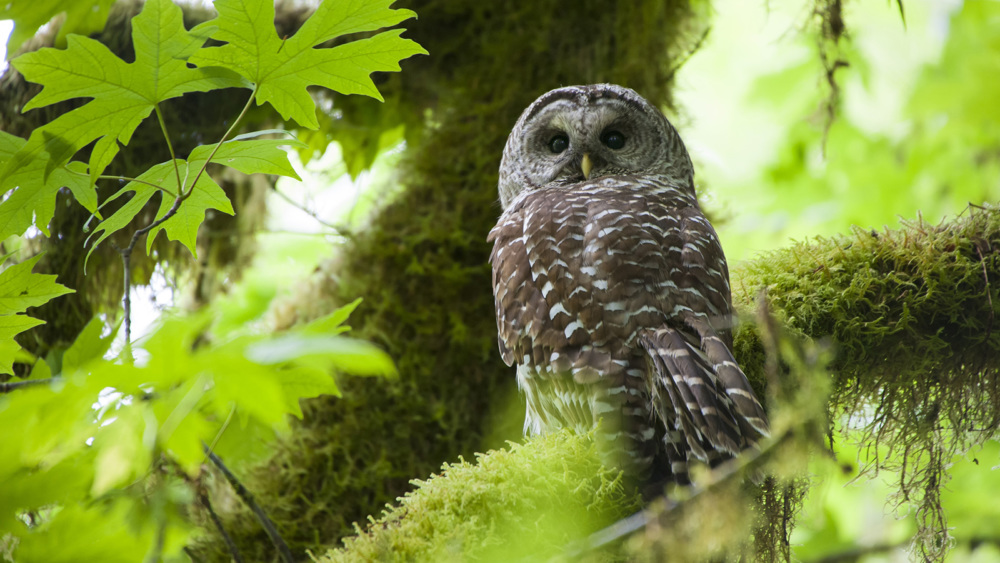
Milestone 2:
PIRG defends roadless forests

Milestone 3:
Victory for the great American Outdoors
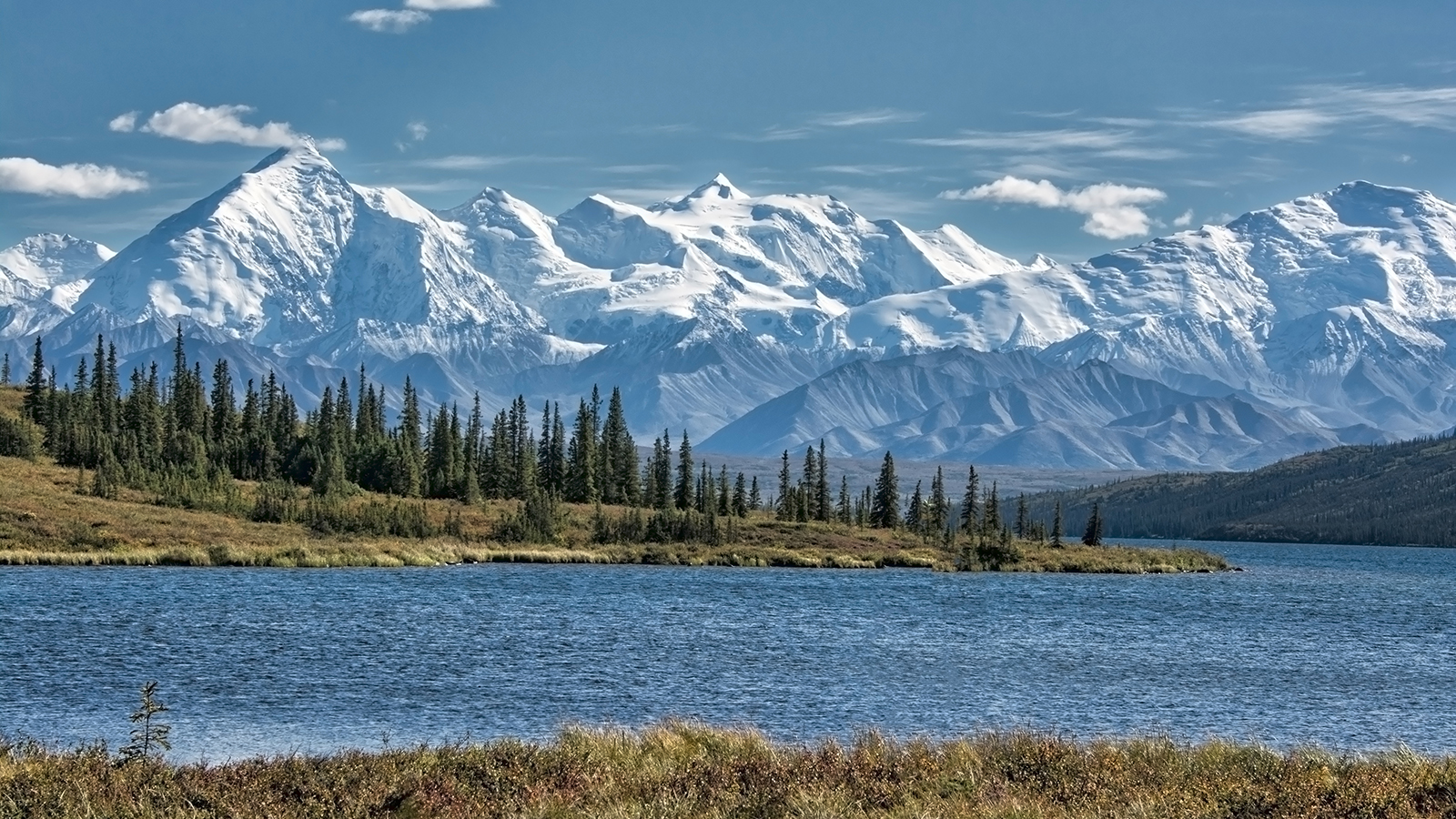
Milestone 1:
Keeping the Arctic Refuge wild
One of the last truly wild places
If you’re lucky enough to visit the Arctic National Wildlife Refuge, you can walk for miles and never see a road, marked trail or developed campground. There are none within the nearly 20 million acres occupied by the refuge in northeast Alaska.
What you will see is wildlife — in dizzying numbers, especially on the Coastal Plain that lies between the Brooks Mountain Range and the Beaufort Sea. In spring and summer, you may encounter up to 200,000 caribou returning to the plain to calve. In the fall, you can spy as many as 300,000 snow geese feeding on the plain’s tundra.
What you won’t see — because it’s beneath the surface, at least for now — is oil. Exactly how much is anybody’s guess. But it’s enough to have ignited a decades-long battle over whether the Arctic Refuge will remain one of the wildest places left on Earth.
The struggle over the refuge begins
This debate began in 1977, when wilderness advocates mounted an effort to protect the refuge, along with other Alaskan lands, through the Alaska National Interest Lands Conservation Act.
The fate of the Arctic Coastal Plain, the site of those oil deposits, quickly became a sticking point. In November 1980, congressional negotiators reached a fateful compromise: The law would direct the Department of the Interior to research the plain’s potential for oil; Congress would keep the authority to decide whether to allow drilling on the plain.
Throughout the 1970s and into the 1980s, state PIRGs were focused on protecting special places in their states. Minnesota PIRG sought protection for the Boundary Waters Canoe Wilderness Area, NJPIRG called to safeguard the Delaware River watershed, and so on. Then in 1983, the PIRGs established a federal lobbying office in Washington, D.C., known as U.S. PIRG. By 1991, state PIRG engagement in federal issues had propelled our staff to a major role in the coalition working to keep the Arctic Refuge free of drilling.
Along with other environmental groups, as well as the native Gwich’in people, the Arctic coalition successfully defended the refuge over and over and over again — in votes held in 1991, 1995, 1996, 2002 and 2005.
As the years passed, a key to the successful defense of the Arctic became the expansion of the debate across partisan lines and beyond Washington, D.C.
In the early 2000s, Athan Manuel led our lobbying effort in the Capitol, with a premium placed on winning over pro-environment Republicans. Our national canvass director, Ed Johnson, managed our door-to-door operation. During the summers of 2004 and 2005, Ed and his team reached millions of homes, raising awareness of the issue among Americans across the country.
As Congress debated the fate of the Arctic, other parts of the PIRG network amplified the growing public opposition to drilling. State PIRG directors and advocates, student PIRG organizers and volunteers, and other staff gathered petition signatures, postcards and more to deliver to their elected representatives.
Meanwhile, Green Corps, our field school for environmental organizing, helped bring the grassroots directly to Washington — with more than 5,000 citizens attending a 2005 Arctic Refuge Action Day at the Capitol. Never before had so many Americans converged on the Capitol to lobby their representatives and senators on a single environmental issue.
On Dec. 21, 2005, in a dramatic 48-45 vote, Arctic defenders blocked a provision that would have opened the refuge to drilling. As The New York Times reported, “like rooters at a championship game, a group of two dozen environmental lobbyists whooped and exchanged high-fives in the Senate antechamber.”
The victory helped establish the Arctic National Wildlife Refuge as a bright-line environmental issue — a political third rail for any elected official who wanted to call themselves a friend of the environment.
The fight to defend wilderness is never over
After the 2016 election, President Trump declared the Arctic refuge a test of his political prowess, boasting that drilling in the refuge was “a big deal that Ronald Reagan couldn’t get done and nobody could get done.”
In November 2017, Congress voted to open the refuge to drilling. In late 2020, the administration announced plans to allow within the refuge up to four airstrips, 175 miles of roads, pipelines, a seawater treatment plant, a barge landing and a storage site, and it organized a sale inviting companies to lease the Coastal Plain for oil exploration.
Environment America (founded in 2007 as a new home for PIRG’s environmental program) joined a lawsuit to block the administration’s drilling plan, which took unlawful shortcuts.
In 2021, we backed legislation, supported by U.S. Sen. Ed Markey, a Democrat, and U.S. Rep. Brian Fitzpatrick, a Republican, to permanently protect the Arctic refuge from drilling. On June 1, the Biden administration suspended oil leases in the refuge. The debate continues.
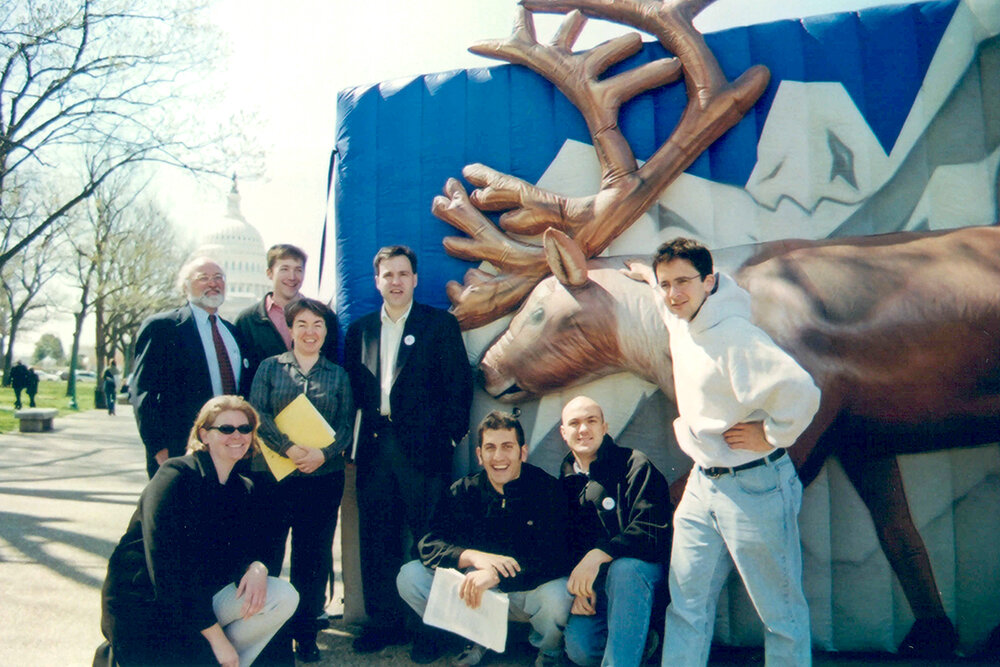
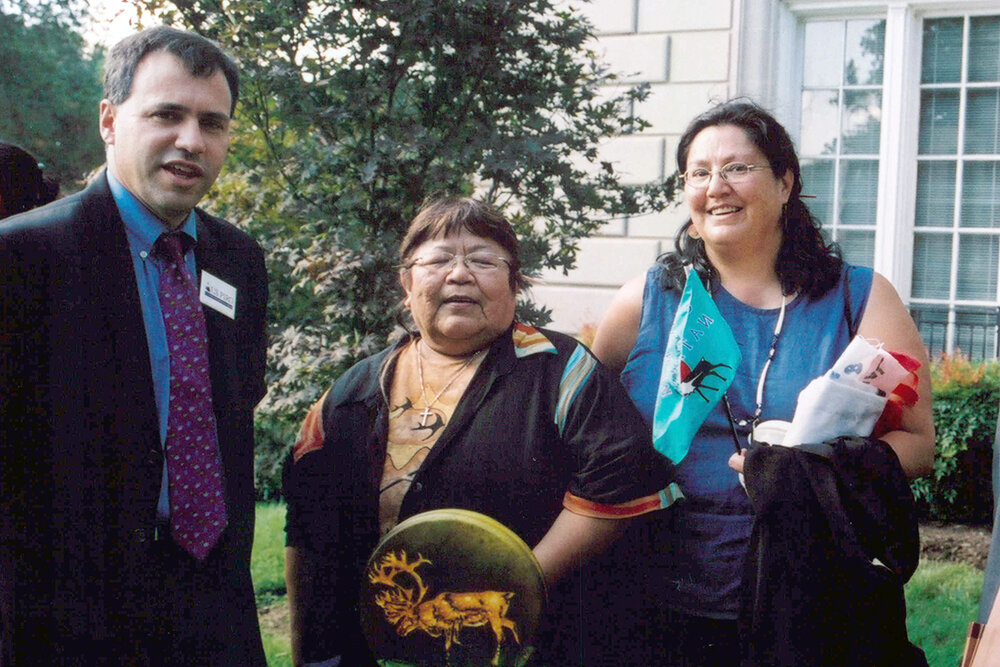
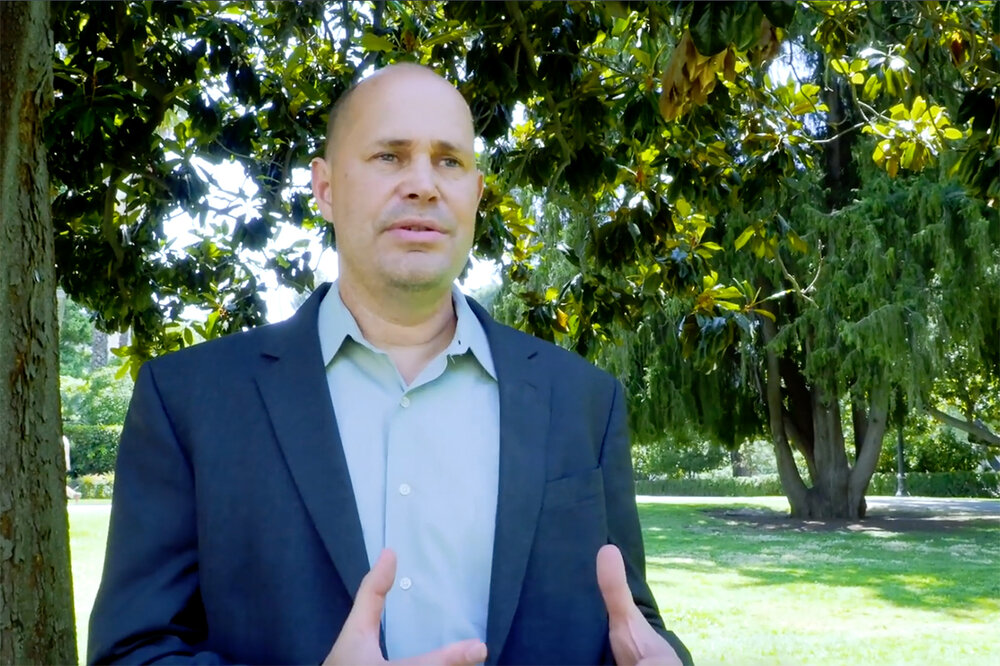
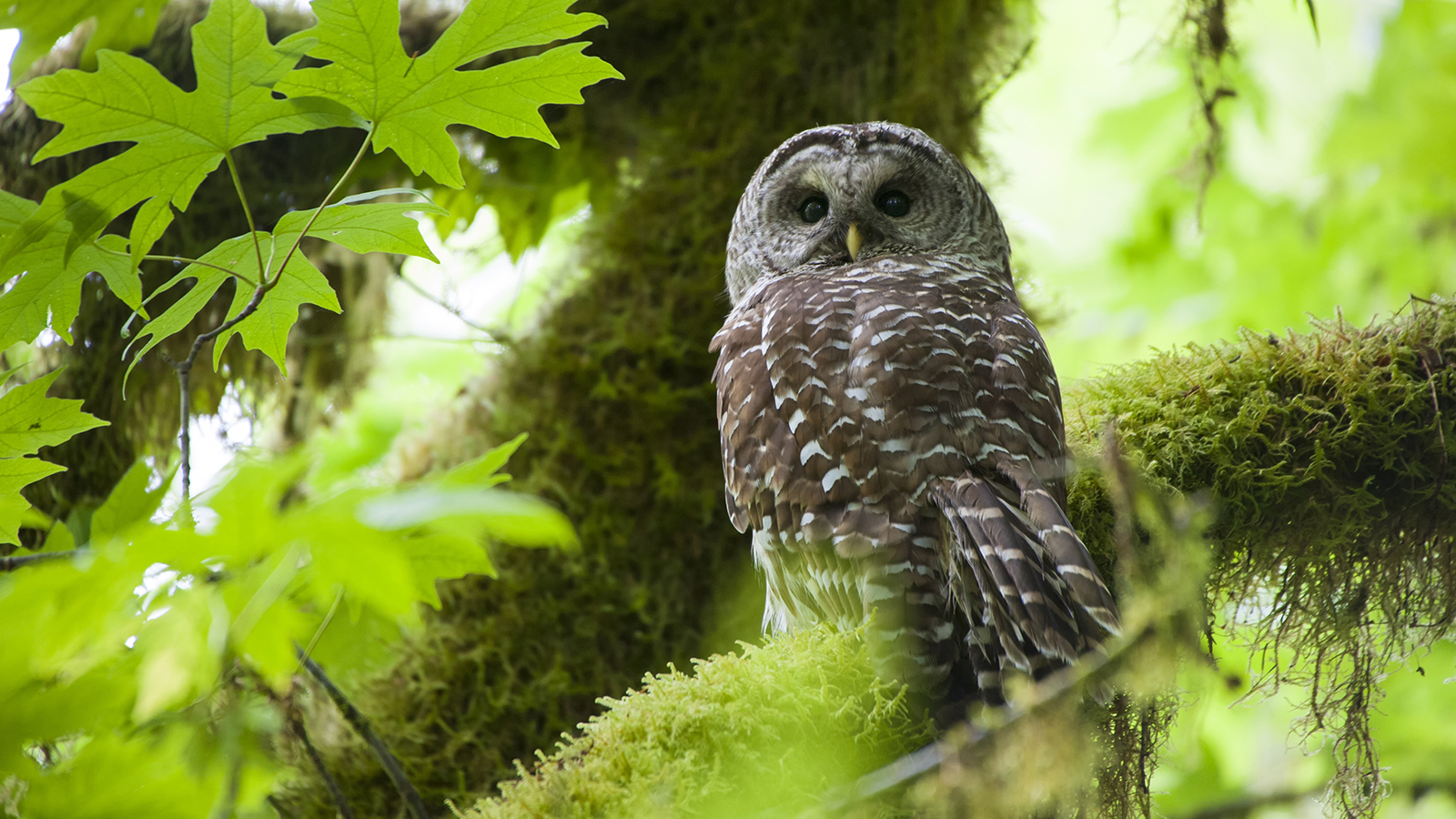
Milestone 2:
PIRG defends roadless forests
A common misconception
America’s national forests are, as the signs say, a “Land of Many Uses.” What the signs don’t tell you is that, in addition to hiking, camping and fishing, these uses include logging, grazing, mining and drilling.
To help smooth a path for bulldozers, backhoes and other heavy equipment, our national forests are crisscrossed by 380,000 miles of roads, compromising air and water quality and the health of the forests and wildlife.
That’s why, in 1998, when U.S. Forest Service Chief Michael Dombeck announced a moratorium on new road-building in 130 national forests, PIRG and a conservation coalition launched a campaign to make the moratorium permanent — to preserve the wild character of the roadless areas of our national forests.
The call to enact the Roadless Rule
In October 1999, President Clinton announced his intention to protect the wild areas left in our national forests. The policy would become known as the Roadless Area Conservation Rule. (Advocates shortened it to the alliterative, albeit no more evocative, “Roadless Rule.”)
Almost immediately the proposal came under fire from timber interests and some Western states, calling into question how expansive the rule would be or whether it would be enacted at all.
A dozen pro-environment groups, including PIRG, came together to build public support. Guided by U.S. PIRG’s Gene Karpinski and Tiernan Sittenfeld, PIRG spearheaded the grassroots campaign.
PIRG staff and volunteers knocked on doors and tabled on college campuses. We held petition-gathering and media events featuring Smokey the Bear (our own 10-foot inflatable version, reminding Americans that “Only you can save our national forests”). By the time we were done, the coalition had submitted 1.6 million public comments in support of the Roadless Rule. Forest Service Chief Dombeck called the number “an all-time high for the Forest Service.” Nearly half of the comments came from PIRG members and supporters.
In January 2001, the Clinton administration declared 58.5 million acres of national forests in 39 states off-limits to road-building — the largest conservation act taken by the U.S. in decades.
It ain’t over til it’s over
A little more than a week later, George W. Bush was sworn in as president.
President Bush directed his administration to delay implementation of the rule and soon moved to amend the rule — a step taken with weak legal justification. In 2006, 265,000 Americans urged the administration to reinstate the original Roadless Rule.
The tug of war over the Roadless Rule continued into the Trump administration, with much of the political and legal focus landing on the Tongass National Forest, spanning nearly 17 million acres in southeast Alaska. Environment America sued to block the Trump administration’s attempt to exempt the Tongass from the Roadless Rule, urged the Biden administration to restore protections to the Tongass, and called on Congress to codify the Roadless Rule’s protections — for the Tongass and all 58.5 million acres of roadless national forest — into law. As so often happens in conservation battles, the fate of the Tongass and the rest of America’s wild forests will remain uncertain – until the public’s support for protecting these special places becomes so strong that decision makers can’t afford to ignore it.
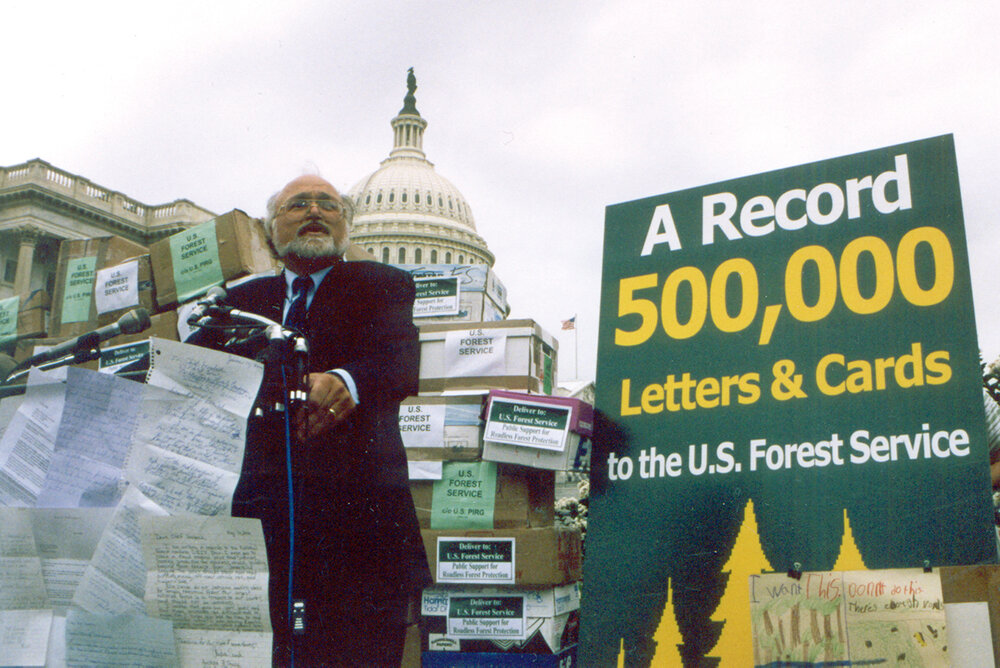
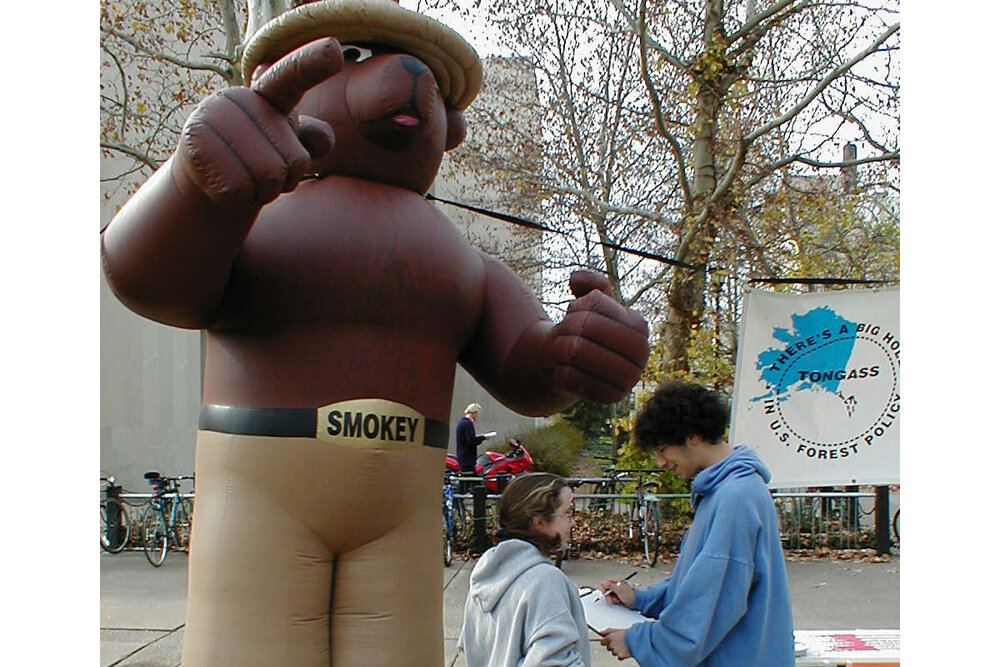
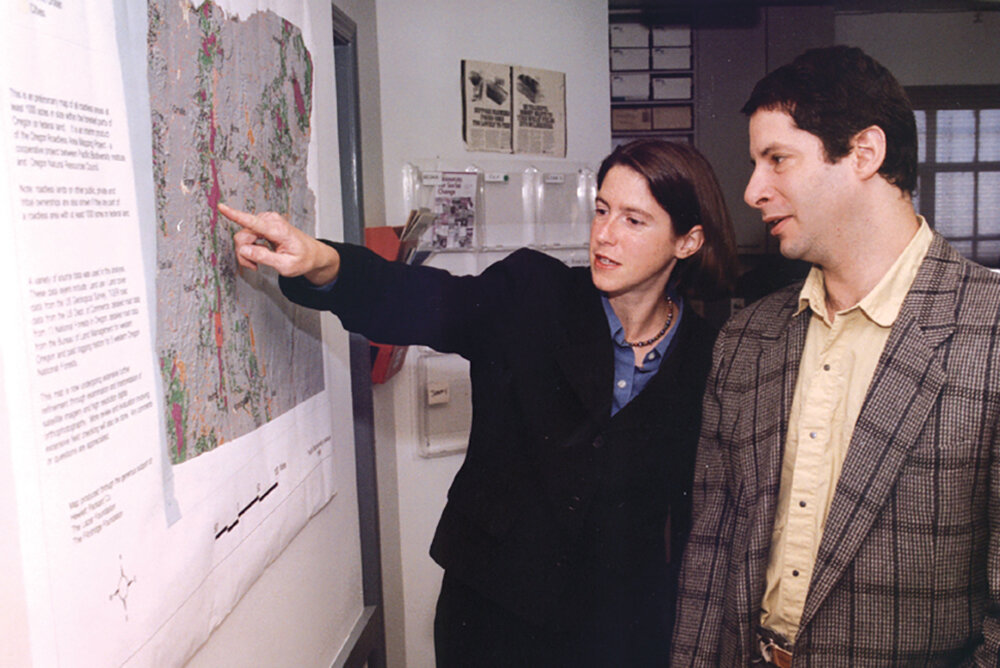

Milestone 3:
An Environment America win for the great outdoors
Where Americans experience the great outdoors
Most Americans will never travel to the Arctic wilderness. Few will even visit the wilder parts of our national forests.
Yet millions of Americans can and do experience the great outdoors closer to home — bird-watching, for example, along the Arboretum Waterfront Trail in Seattle; fishing in the Branched Oak State Recreation Area, just north of Lincoln, Nebraska; or hiking in the Chattahoochee River National Recreation Area, a 20-minute drive from downtown Atlanta.
For more than half a century, these and thousands of other special places — 15 million acres worth, in all 50 states and nearly every county — have been protected and maintained with the help of the federal Land and Water Conservation Fund (LWCF).
More than any other federal program, the LWCF has been an indispensable lifeline to public stewards of the woodlands, ballfields, battlefields, rivers, beaches, trails and other places where Americans go when they want to experience the great outdoors
America’s natural heritage shortchanged
The LWCF was designed as a trust fund for the American outdoors. The money was supposed to be raised from oil companies paying up to $900 million per year in royalties for offshore drilling leases. Then, the money would be spent to ensure access for all Americans to outdoor recreation.
Except Congress rarely let the program work the way it was designed.
From 1965 to 2020, Congress fully funded the program just twice (in 1998 and 2001), diverting more than $22 billion away from the program – that’s more than the program spent on conservation projects. Worse, Congress let the program temporarily expire in September 2018.
A rare bipartisan victory for the environment
Working in coalition with The Wilderness Society, National Wildlife Federation and others, Environment America and our state environmental groups sought to solve these problems in two ways: by permanently reauthorizing the program and permanently securing the full $900 million per year for conservation projects.
The challenge was overcoming the deeply polarized climate in Washington, D.C.
Led by Steve Blackledge, a 30-year veteran of The Public Interest Network and senior conservation director for Environment America, our staff organized a campaign that set out to redefine conservation as the transpartisan issue that it once was. We reached out to Republicans and Democrats in Congress, and we invited their constituents across the political spectrum to show their support.
-
Our advocates partnered with members of Congress and local officials in West Virginia, Nevada, New Mexico, Missouri and South Carolina to write op-eds for local newspapers.
-
We held events aimed at highlighting the special places in these and other red and purple states that need our protection.
-
In Washington, D.C., our staff made several trips to the Capitol (pre-pandemic) sporting “Fund LWCF” t-shirts. During the 2018 and 2019 World Series, we handed out cookies decorated like baseballs — because LWCF also funds Little League fields.
-
In August 2019, our organizers fanned out across the country, reaching out to members and supporters who graciously allowed us to place more than a thousand signs in their yards or in their front windows.
-
When the COVID-19 pandemic made an in-person day of congressional action impossible, we held 55 remote meetings with members of Congress and their staff to rally support for the LWCF.
All of this work contributed to two landmark conservation victories: a bipartisan February 2019 congressional vote to permanently reauthorize the LWCF, and another bipartisan series of votes (on June 17 in the House and July 22 in the Senate) to permanently fund the LWCF at $900 million a year as part of the Great American Outdoors Act.
Life is better when we all can enjoy, marvel at and share the great outdoors. That’s the promise of the Land and Water Conservation Fund — a promise the country will be better able to keep, thanks to the Great American Outdoors Act.
